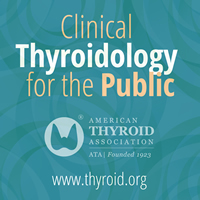
Source:Molecular Immunology
Author(s): Jeffrey M. Wilson, Thomas A.E. Platts-Mills
IgE-mediated hypersensitivity to ingested animal products, including both mammalian and avian sources, is increasingly appreciated as an important form of food allergy. Traditionally described largely in children, it is now clear that allergy to meat (and animal viscera) impacts both children and adults and represents a heterogeneous group of allergic disorders with multiple distinct syndromes. The recognition of entities such as pork-cat syndrome and delayed anaphylaxis to red meat, i.e- the α-Gal syndrome, have shed light on fundamental, and in some cases newly appreciated, features of allergic disease. These include insights into routes of exposure and mechanisms of sensitization, as well as the realization that IgE-mediated reactions can be delayed by several hours. Here we review mammalian and avian meat allergy with an emphasis on the molecular allergens and pathways that contribute to disease, as well as the role of in vitro IgE testing in diagnosis and management.
https://ift.tt/2qPrKvo






